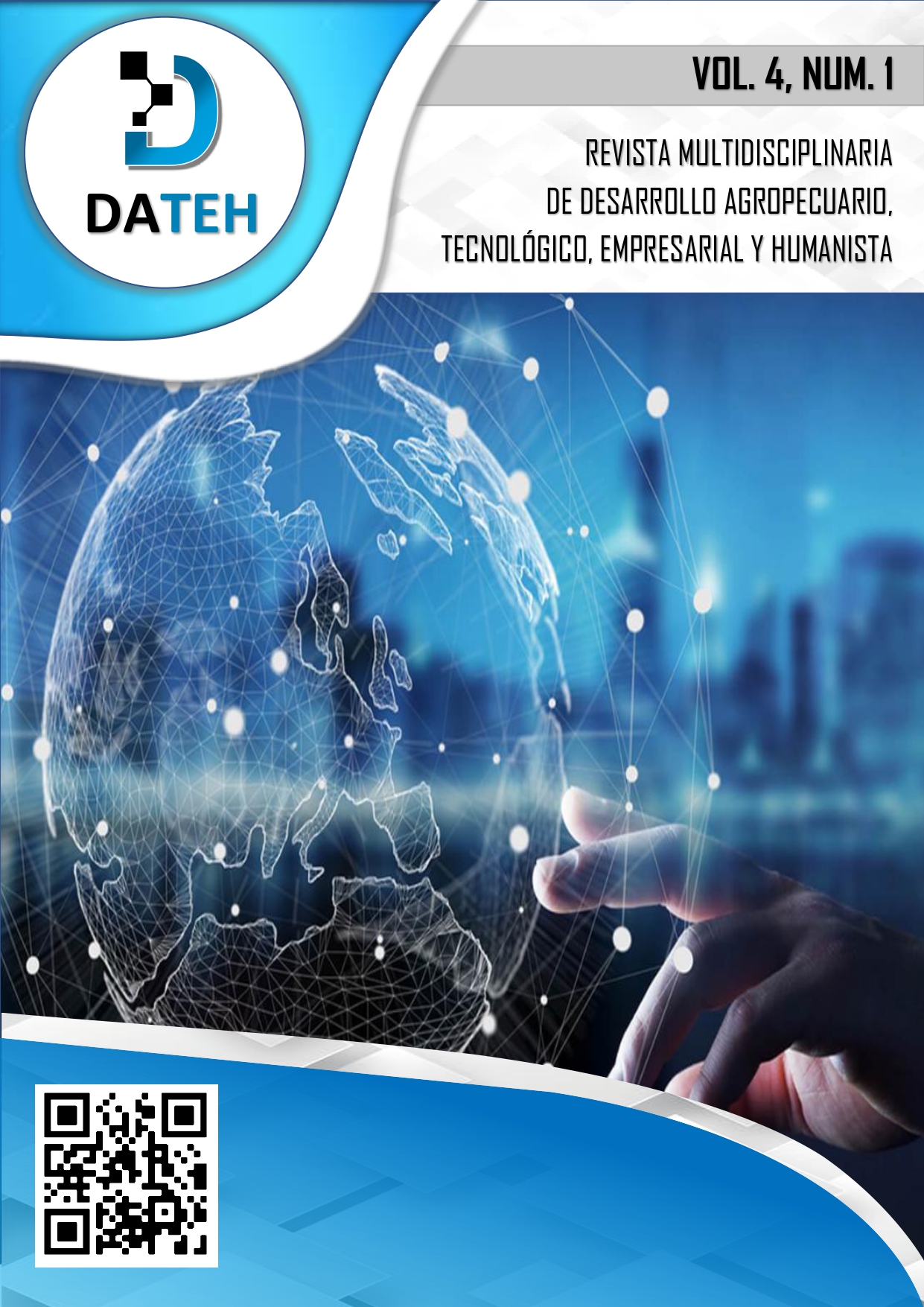Psychosocial intervention program to reduce work stress in municipal school teachers
Abstract
Currently the Municipal Schools of the Quevedo Canton are experiencing a deficit in the level of learning, due to the lack of professionals in the field of education or related to work in them. The lack of preparation, the geographical location in which the institutions are located, the masses that settle within a zone of tolerance of the Quevedo canton, places where there is a presence of social groups dedicated to micro-drug trafficking, hit men, prostitution. among others, the lack of attention on the part of the parents or legal guardians of the students, have caused a greater learning deficit. Due to the working conditions in which teachers carry out their activities, psychosocial health is deteriorated, since they lack adequate knowledge and preparation to work with vulnerable groups, therefore, this situation generates psychosocial risks. in teachers in which we are going to include an evaluation of factors such as job stress, emotional burden, lack of social support and resources, and job insecurity. The intervention within this area of work will be carried out based on the needs of the teachers to improve the working environment and in the same way it will be gradually fulfilled according to the resources provided by the Municipality of Quevedo for a better implementation.
Downloads
References
Alcover de La Hera, C. M., Moriano Leon, J. A., Osca Segovia, A., & Topa Cantisano, G. (2004). Introducción a la Psicologia del Trabajo. Madrid: McGrawHill.
Avila, J. (2014). El estrés un problema de salud del mundo actual. Revista CON-CIENCIA, 2(1), pp.117-125.
Barrio, J., García, M., Ruiz, I., & Arce, A. (2006). EL ESTRÉS COMO RESPUESTA. INFAD, Revista de Psicologia, 1(1), 38-47.
Dahab, J., Rivadeneira, C., & Minici, A. (2010). El enfoque cognitivo-transaccional del estrés. Revista de cognitivo conductual, 2-6.
De Heus, P., & DIeskstra, R. (1999). Do teachers burn out more easily? A comparison of teacher with other social professions on work stress and burnout symptoms. New York, New York, NY: Cambridge University Press.
Extremera, N., Rey, L., & Pena, M. (2010). LA DOCENCIA PERJUDICA SERIAMENTE LA SALUD. Boletín de Psicología, No. 100, 43-54.
Freudenberger, H. (9 de Enero de 2015). The Relationship between Time Pressure and Burnout Syndrome: A Cross-Sectional Survey among Jordanian Nurses. Health, 7(1), 159-165.
https://www.funcionpublica.gov. (s.f.). Obtenido de https://www.funcionpublica.gov.co/preguntas-frecuentes/-/asset_publisher/sqxafjubsrEu/content/el-estres-laboral/28585938
LOEI. (s.f.). Ley Orgánica de Educación Intercultural, publicada en el Segundo Suplemento del Registro Oficial No. 417 de 31 de. LOEI.
Moncada i Lluís, S., Llorens Serrano, C., Salas Ni. (2021). La tercera versión de COPSOQ-ISTAS21. Un instrumento internacional actualizado para la prevención de riesgos psicosociales en el trabajo. Revista Española de Salud Pública, 95.
OIT. (2016). Organizacion Internacional del Trabajo. Estres Laboral. Ginebra.
Oros, L., & Vogel, G. (2005). Eventos que generan estrés en la infancia: diferencias por sexo y edad. 17(1), 85-101.
Patlan Perez, J. (2019). ¿Qué es el estrés laboral y cómo medirlo? 35(1), 156-184.
Peiró Silla, J. M., & Bravo, M. J. (1999). Factores psicosociales en la prevención de riesgos laborales: oportunidades y retos para la psicología del trabajo y de las organizaciones. Journal of Work and Organizational Psychology, 15(2), 137-146.
Sandin, B. (2003). El estrés: un análisis basado en el papel de los factores sociales. International Journal of clinical and health psychology, 3(1), 141-157.
De Heus, P., & DIeskstra, R. (1999). Do teachers burn out more easily? A comparison of teacher with other social professions on work stress and burnout symptoms. New York, New York, NY: Cambridge University Press.
Extremera, N., Rey, L., & Pena, M. (2010). LA DOCENCIA PERJUDICA SERIAMENTE LA SALUD. Boletín de Psicología, No. 100, 43-54.
Freudenberger, H. (9 de enero de 2015). The Relationship between Time Pressure and Burnout Syndrome: A Cross-Sectional Survey among Jordanian Nurses. Health, 7(1), 159-165.https://www.funcionpublica.gov. (s.f.). Obtenido de https://www.funcionpublica.gov.co/preguntas-frecuentes/-/asset_publisher/sqxafjubsrEu/content/el-estres-laboral/28585938
Moncada i Lluís, S., Llorens Serrano, C., Salas Ni. (2021). La tercera versión de COPSOQ-ISTAS21. Un instrumento internacional actualizado para la prevención de riesgos psicosociales en el trabajo. Revista Española de Salud Pública, 95.
OIT. (2016). Organizacion Internacional del Trabajo. Estres Laboral. Ginebra.



